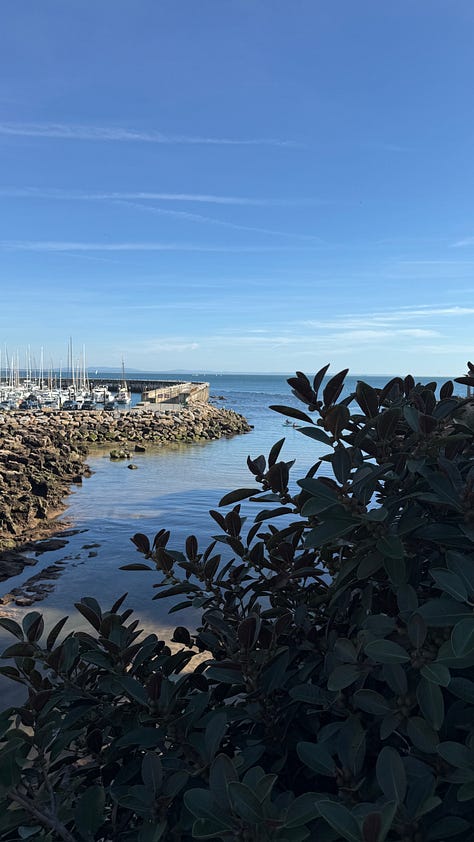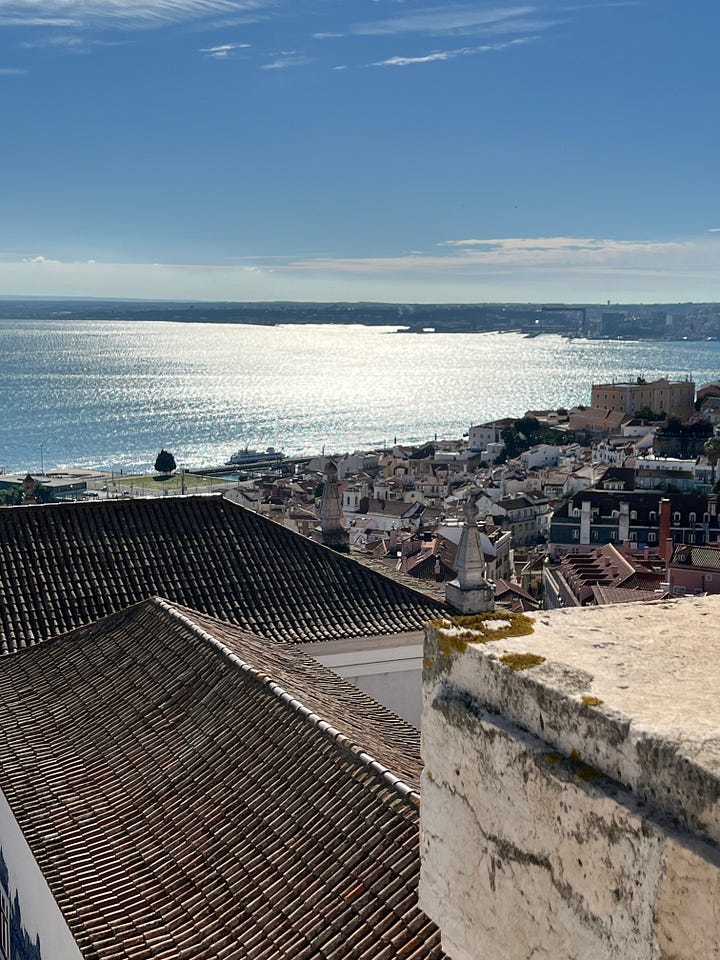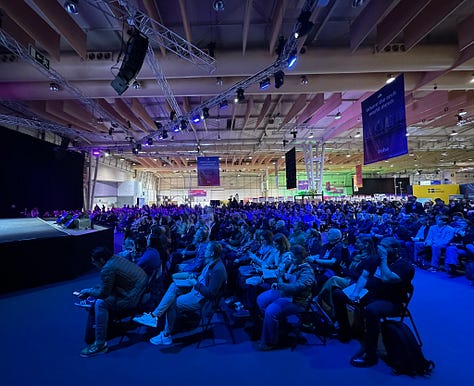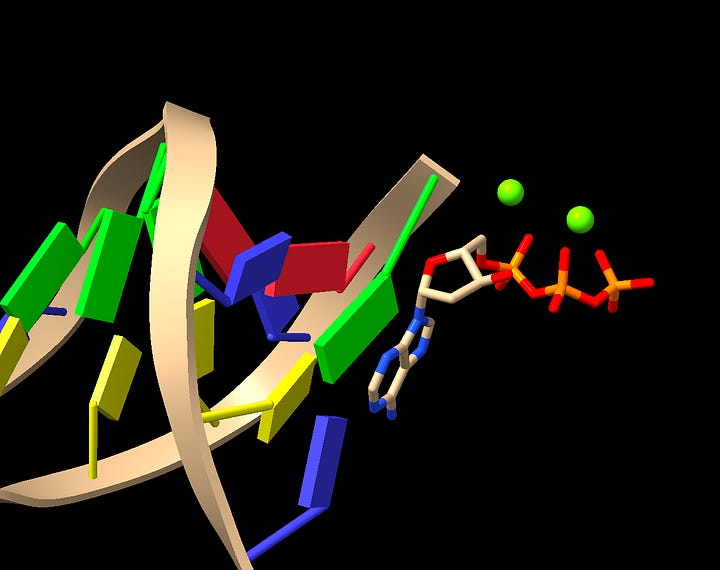In the hero’s journey, there is a moment where the protagonist must cross the threshold into the unknown world. In some aspects, I think this month was my version of this story. Traveling without my parents for the first time, speaking at one of the largest conferences in the world, and running my first experiment were all the new experiences I’ve had! All of these came with their own reward and learnings, and I can’t wait to share them with all of you!
This month, I spoke at Web Summit and ran my first experiment!
Quote of the Month
“Success usually comes to those who are too busy to be looking for it”
— Henry David Thoreau
Speaking at Web Summit
One of the highlights of this month was traveling to Lisbon, Portugal to speak at Web Summit! This was my first time flying without my family so it was definitely a new experience, but also very fun. Some highlights outside of the conference were having some tasty Pastel de Natas, the colourful buildings, and the cool rocks in Cascais.





Web Summit was the largest conference I’ve been to, and it was super fun. I met some amazing people who I learned a lot from. Some of the takeaways I have are:
Everyone has a cool story: there wasn’t a lot of people in biotech there so I thought it might be a good experience to just learn about other fields. This was true and I met everyone from people who had their company acquired by Apple, to researchers at MIT!
Introducing yourself is a skill: when I started speaking to people on the first day of the conference, I sometimes had trouble explaining my work in simple terms, leaving people a little confused. However, by the end of the conference I had no trouble with this.
Now for the highlight of the trip, my talk! I spoke about past, present, and future of protein design, with a specific portion on my project and what I’m working on. I haven’t received the video yet, but I’ll share it when I get access to it!



Experiments
There’s been a small delay in getting the materials for my lab, but things are back on schedule! I will most likely run the assay with a control polymerase this month, and then move on to mutant polymerases in January. By then, my sequences should have passed through the computational filters and be ready for experimental screening.
To get started though, I ran a gel electrophoresis, where I wanted to test the ladder DNA. This works by separating strands of known lengths and is used as a standard for identifying correct amplification. Unfortunately, the experiment didn’t run well (I think I pipetted the ladder incorrectly), and I will try again soon.
As for an update on the computational screening, I’m now working with a new model called Boltz-1. If you haven’t heard of it, it’s a fully open-source protein folding software that can model interactions with DNA, RNA, ions, and even small molecules. This has countless applications for drug discovery, and its main advantage over AlphaFold 3 is that it is open-source, allowing companies to use it for free.
I will be using the software to improve my designs through structural insights. Polymerases have interactions between the protein, DNA, the incoming base (small molecule), and ions, making a complete model very useful for analysis.







